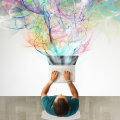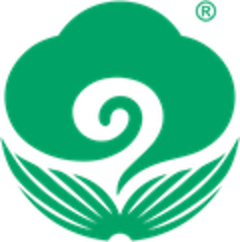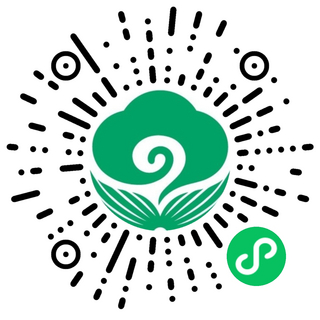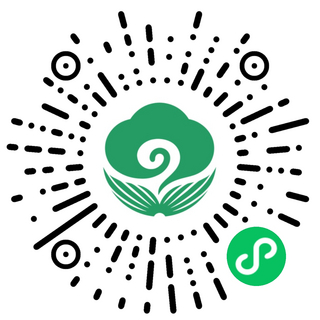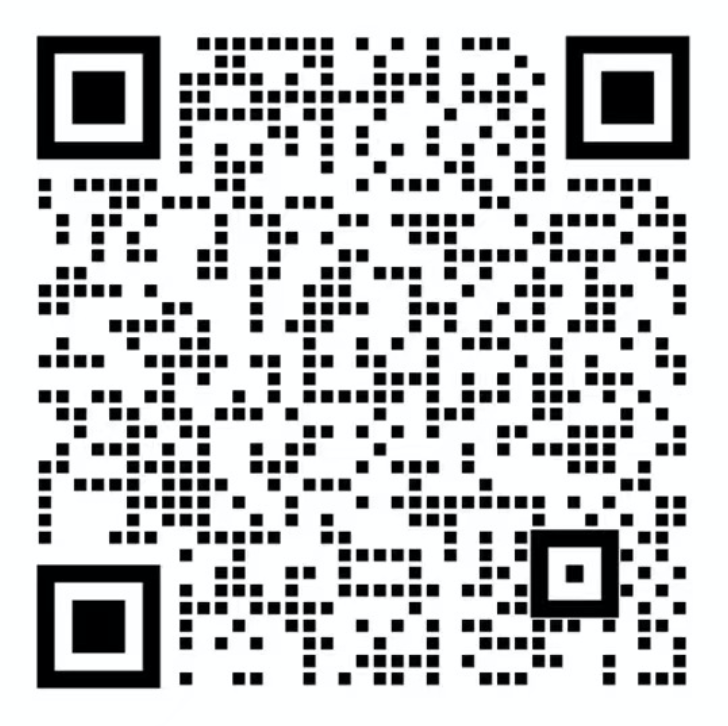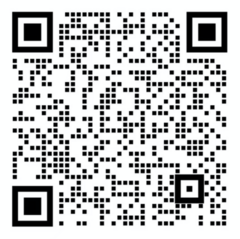
微信客服
wholerenguru3 (厚仁学术哥)
I believe wholeheartedly in picture books. I don’t think kids or adults outgrow picture books. I hear my friends, who are parents, frequently say with a level of enjoyment and pride: “My kid is now reading independently and no longer needs the crutch of pictures. ”
Although I appreciate the parent’s pride, when I hear this, I think to myself, “poor child, and poor mom and dad.” NOBODY moves on from picture books. Nobody should.
While the literary world regularly ignores children’s books as not serious, maybe no format is treated with picturebooks’ same neglect or disregards. Even board books are appreciated at the very least as conveniently chew toys for kids, and chapter books seem enough like novels to constitute an excellent gateway to authentic literature.
But as for picture books, they seem like a temporary phase, fitting for a sleepy bedtime read-aloud or the shushed classroom break of storytime, but hardly worthy of consideration on their own.
Surprisingly, most picture books are recommended for kids ages 4-7 or 8. That is way excessively narrow. Unfortunately picture books are thrown out even quicker since many schools expect kids to read by the end of kindergarten. Today so many parents like to think of their kids growing and developing new skills, allowing picture books to fall away when kids are sounding out their Dr. Seuss.
We should not let this happen!
We all must recognize what picture books, the true marvels of the literary world, do for our kids and us – grownups. It is striking how picture books shine at the twin arts of visual and textual storytelling. I have personally tried to tell adults and kids about Artificial Intelligence (AI), but reading a picture book on AI to a child, I have seen this magic firsthand. I’ll be reading along aloud, and the child will laugh, not at anything I read but at something he or she has read in the pictures – when explaining how machines learn or how robots perceive things. While we are reading one story, told in words, the child is reading another, told through art. In our AI Books for kids, our illustrators’ team doesn’t simply follow the words on the page; creating an entire narrative of its own, adding details, creating secondary storylines.
We often think of computer science or AI education in terms of coding and computers. But we need more visual literacy. I am referring most directly to creating and reading images; it extends more broadly to understanding communication and interaction. We all live in a highly visual culture. If inculcating “21st-century skills” – teaching your child to communicate through a google slide show, writer code, or create a video presentation – is what you’re after, then encouraging reading picture books serves the purpose.
I am a believer in picture books in AI education. Picture books also offer an accessible way for kids to understand that books are for them, no matter who they are or where they’ve come from. The children represented in contemporary picture books display the entire ethnic, gender, class, religious and geographic diversity. In their pages, kids visibly take public transportation, solve problems together, grow up in same-sex households and face physical and emotional challenges: they explore imaginary and fantastical worlds where it’s sometimes easier to work out childhood woes.
I still read picture books, and if we are all honest with ourselves, in all likelihood, so do we. What are all those mangas and graphic novels and pricey coffee-table books and online comics we’re all staring t – not to mention Instagram stories and TikTok videos – if not, in essence, picture books for grown-ups? Stories with pictures.
In the past year, we put our efforts into using picture books to help AI literally. Our story with AI is like any timeless picture book; that story is told through a powerful combination of words and artwork anyone can understand.
I insist on kids and adults reading our AI picture books. We should not outgrow picture books, I mean ever.
美国招生协会
AIRC权威认证
80位
美国双语导师
10年+
名校申请经验
8600+
名校名企录取

微信客服
wholerenguru3 (厚仁学术哥)
















